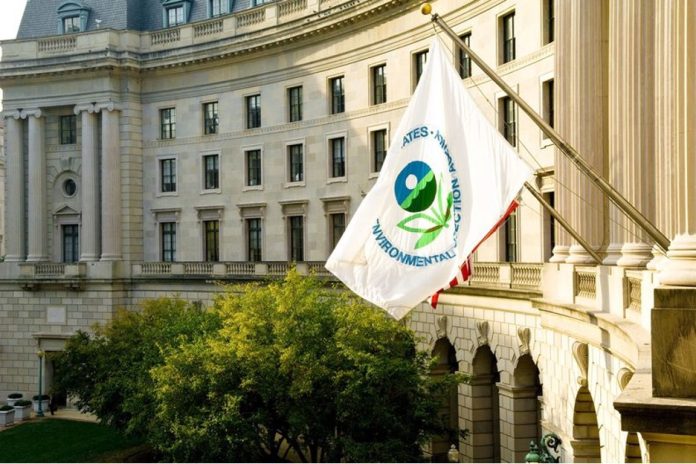WASHINGTON (September 22, 2023) – Today, the U.S. Environmental Protection Agency (EPA) proposed to strengthen a 2020 Clean Air Act rule by ensuring industrial facilities that emit large amounts of hazardous air pollution cannot increase emissions when reclassifying from a “major source†of emissions to an “area source.” The proposed amendments to the “Reclassification of Major Sources as Area Sources Under Section 112 of the Clean Air Act†rule would require those sources that choose to reclassify from major source status to area source status to establish federally enforceable permit conditions that will better protect public health from hazardous air pollution.
These permit conditions must contain safeguards to prevent emission increases above what would be allowed under a major source emission standard under the Clean Air ActFacilities would still have the flexibility to pursue innovations in pollution-reduction technologies. The proposed requirements would apply to all sources that choose to reclassify, including any sources which have reclassified since January 25, 2018.
“Today, EPA is proposing additional safeguards to address emissions of hazardous air pollutants from major industrial sources,†said Joseph Goffman, Principal Deputy Assistant Administrator for Air and Radiation. “Ensuring facilities do not increase emissions of air toxics after being reclassified will help protect communities from air toxics. This proposal will continue to allow facilities to innovate and adopt new ways of reducing emissions of air toxics while maintaining emission reductions after reclassification.â€
EPA’s proposal would strengthen the 2020 rule by preventing the potential for increased emissions from reclassifying sources. The proposal would also require limits taken to reclassify from major source to area source to be federally enforceable. This would provide a level playing field for continued enforcement of limits taken to reclassify, and an additional layer of compliance assurance.
In 1995, EPA issued the “Once In, Always In†Policy and determined that any facility subject to major source hazardous air pollutant (HAP) emissions standards would always remain subject to those standards. The policy was designed to achieve lasting emissions reductions from major sources and ensure continued compliance assurance once air pollution standards for major sources were in place. Under the previous administration, EPA issued a rule that allowed a major source of hazardous air pollutants to reclassify as an area source at any time after agreeing to limit their emissions below the major source thresholds. In response to President Biden’s Executive Order 13990, “Protecting Public Health and the Environment and Restoring Science to Tackle the Climate Crisis,†EPA reviewed the 2020 rule and determined that there were actions we could take to protect against HAP emissions increases. This proposal would address those concerns and prevent increases of emissions of air toxics after reclassification.




